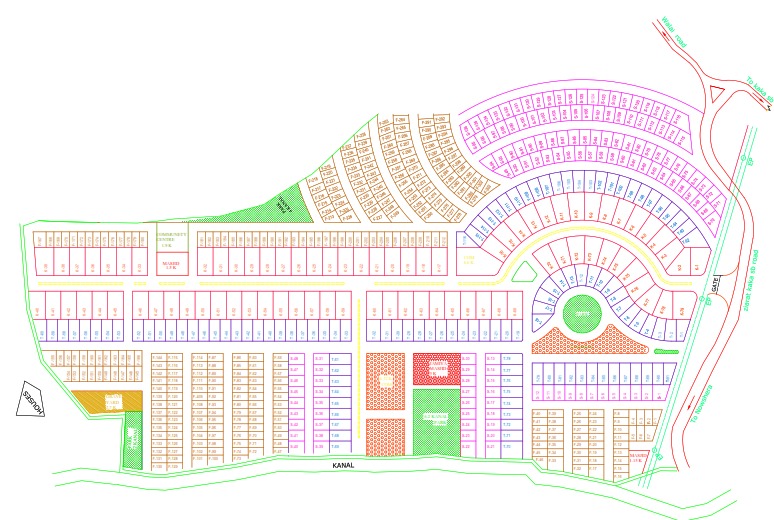Shaping the Future of Urban Living:
Introduction: In today’s rapidly changing world, town planning has become an essential component of creating sustainable, livable communities. The thoughtful organization of urban spaces not only enhances the quality of life for residents but also contributes to economic development and environmental sustainability. In this blog post, we will delve into the fascinating world of town planning, exploring its principles, significance, and the critical role it plays in shaping our cities.
Understanding Town Planning
1. The Basics of Town Planning Town planning, also known as urban planning, involves the systematic design and organization of cities and towns to optimize their functionality, aesthetics, and sustainability. It encompasses various aspects, from land use zoning to transportation systems, aimed at creating harmonious and efficient urban environments.
2. Historical Perspective The roots of town planning date back to ancient civilizations like Mesopotamia and the Indus Valley, where cities were carefully designed to accommodate specific needs. Throughout history, town planning has evolved to address contemporary challenges while preserving cultural heritage.
Key Elements of Town Planning
1. Land Use Zoning One of the fundamental aspects of town planning is zoning, which involves designating specific areas for residential, commercial, industrial, and recreational use. Proper zoning helps prevent conflicts and supports organized development.
2. Transportation Infrastructure Efficient transportation systems, including road networks, public transit, and pedestrian-friendly pathways, are vital for reducing congestion and ensuring easy mobility within cities.
3. Sustainable Development Modern town planning places a strong emphasis on sustainability. This includes green building practices, energy-efficient design, and environmentally friendly initiatives that reduce a city’s carbon footprint.
4. Open Spaces and Parks Well-planned cities prioritize green spaces and parks, offering residents areas for relaxation, exercise, and recreation. These spaces contribute to a higher quality of life.
5. Community Engagement Engaging with the community is essential in town planning. Input from residents helps shape the city to better serve their needs and preferences.
Significance of Town Planning
1. Quality of Life Town planning directly influences the quality of life for residents. Thoughtful design fosters safe, vibrant, and aesthetically pleasing communities.
2. Economic Growth Efficient infrastructure and well-organized cities attract businesses and investors, leading to economic growth and job creation.
3. Environmental Stewardship Sustainable town planning practices reduce a city’s environmental impact, mitigating issues like pollution and resource depletion.
4. Disaster Resilience Careful planning can make cities more resilient to natural disasters, ensuring the safety of residents during crises.
The Future of Town Planning
As cities continue to grow, the field of town planning evolves to address new challenges, such as rapid urbanization and climate change. The future of town planning will likely focus on smart cities, harnessing technology to improve urban living, and creating more inclusive, accessible communities.
In conclusion, town planning is a dynamic and crucial discipline that shapes the cities of tomorrow. By prioritizing sustainability, community engagement, and a holistic approach to urban development, we can create cities that are not only functional but also beautiful, resilient, and enjoyable places to live. As our world changes, town planning remains a key tool in building a better future for generations to come.

